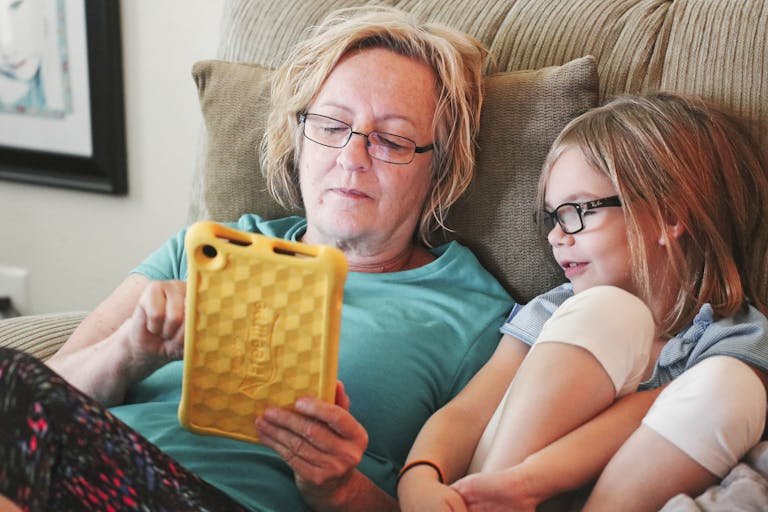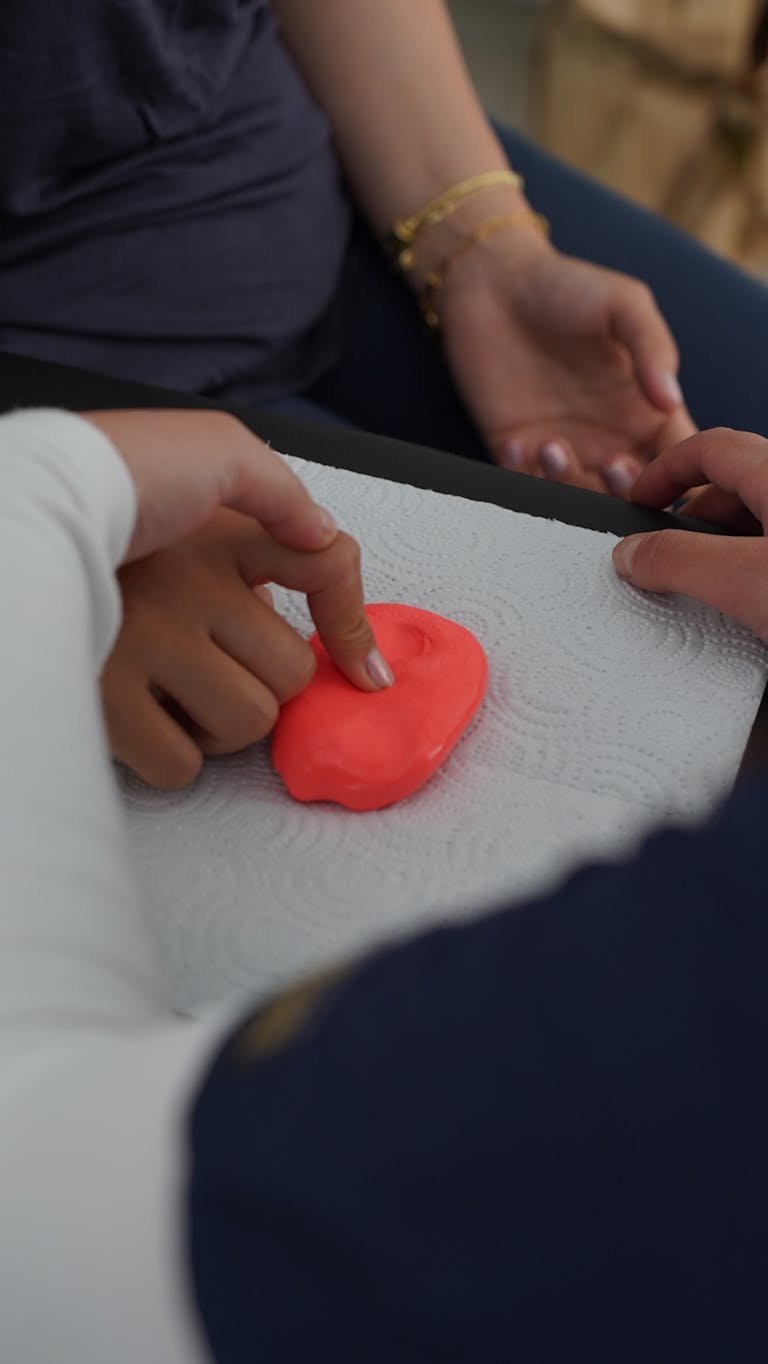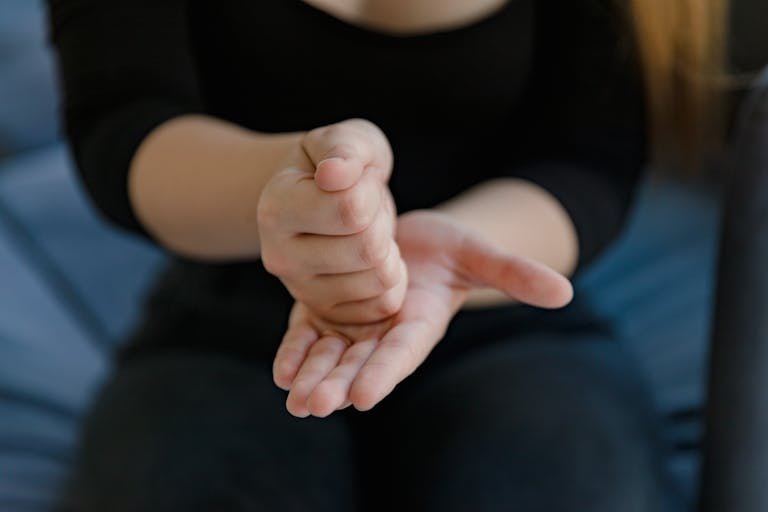Understanding Neurodiversity: 5 Barriers to Inclusion and Solutions for Empowerment
Explore the hidden barriers that lead to the exclusion of neurodiverse individuals in our communities. Discover insights and solutions rooted in empathy and understanding.








